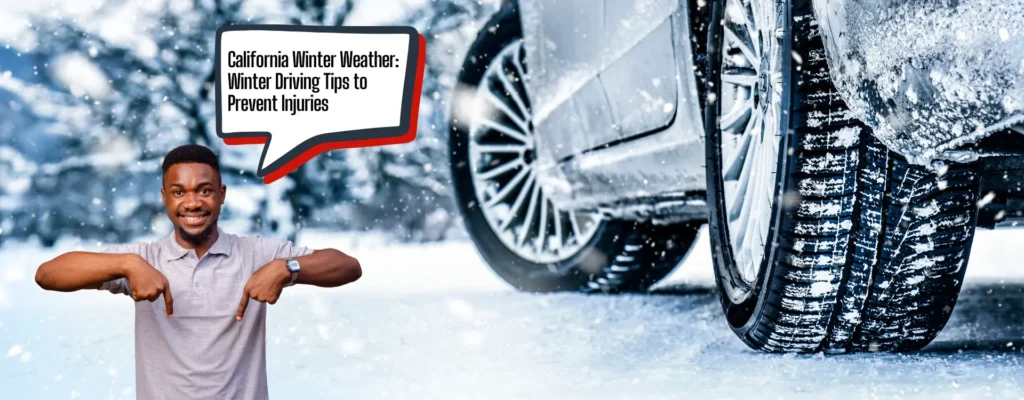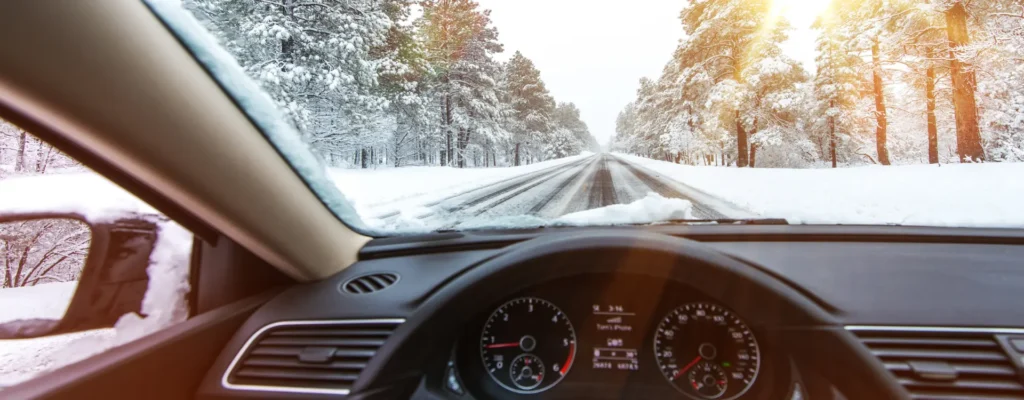
California winter weather is notorious for creating hazardous driving conditions. According to the U.S. Federal Highway Administration, 24 percent of weather-related vehicle crashes happen on snowy, slushy, or icy pavement each year, with 15 percent happening during snowfall or sleet.
More than 1,300 people are killed and over 116,800 individuals are injured in vehicle crashes on these treacherous surfaces annually. Nearly 900 people lose their lives, and approximately 76,000 are injured during winter weather driving.
In areas such as the Sierra Nevadas and Lake Tahoe, snow and ice present road challenges, while regions like Sacramento, the Central Valley, and Southern California primarily contend with cold temperatures, rain, and occasional ice. Despite these differences, California winter road safety remains a priority across the state.
Do you need compassionate support and effective representation?
No fees until we win. Available 24/7.
Understanding CA Winter Weather
California winter weather varies greatly depending on the region, with some areas experiencing snow and others dealing with cold temperatures and rain. Knowing the specific conditions you might face is important for staying safe on the road.
Snow-Prone Regions
In places like Lake Tahoe, Mammoth Lakes, and the Sierra Nevada mountains, winters bring heavy snow, freezing temperatures, and strong winds. These areas often deal with snowstorms that reduce visibility and make roads slippery with ice. Steep roads, icy curves, and the potential for snow buildup can make driving dangerous.
It’s important to prepare your vehicle with snow tires or chains and pack emergency supplies in case of unexpected delays or road closures. Mountain passes, such as Donner Pass, are particularly risky during the winter months. Snowfall can be heavy, and roads are often closed for safety reasons.
Cold Weather Without Snow
In regions like Sacramento, the Central Valley, and Southern California, snow is rare, but cold temperatures can still cause problems for drivers. Freezing rain, frost, and black ice can develop overnight, making the roads slick, especially on bridges and shaded areas.
Drivers need to be cautious during early mornings and late evenings when temperatures drop, as even light frost can reduce tire traction. Fog is also a common winter hazard, particularly in the Central Valley, where dense “Tule fog” reduces visibility. Driving in fog requires reducing speed and using low-beam headlights to improve visibility and avoid accidents.
Coastal and Southern Regions
While Southern California and coastal areas like Los Angeles and San Diego rarely see freezing conditions, winter rain storms can make roads more dangerous. Long dry spells allow oil and dirt to build up on the roads, making them slippery when it rains. Drivers in these regions may not expect winter weather to impact road conditions as much, but rain mixed with cold temperatures can cause problems, especially on high-traffic roads.
California Winter Road Safety: Preparing Your Vehicle for Winter Driving
Before winter arrives, it is important to make sure your vehicle is ready for colder conditions. California winter road safety requires attention to vehicle upkeep, as weather-related hazards such as snow, ice, and rain can make driving more difficult.
Tire Pressure and Tread Depth
Colder temperatures can cause tire pressure to drop, reducing road grip. It’s important to check tire pressure regularly and make sure the tread depth is sufficient for better control, particularly in snowy or icy conditions.
Windshield Wipers and Defrosters
Wipers should be in good condition to keep your windshield clear during rain or snow, and defrosters should work properly to prevent visibility issues caused by fogged windows.
Anti-Freeze and Battery Health
Keep anti-freeze levels checked to protect your engine, especially in colder regions. It’s also wise to test the battery, as cold temperatures can weaken it, potentially leading to breakdowns.
Driving Tips for California Winter Weather Conditions

In regions like the Sierra Nevadas, driving in snow is an unavoidable aspect. If you must drive in snowy conditions, keep the following safety tips in mind to reduce the risk of accidents:
Equip Your Vehicle
Make sure your vehicle is fitted with snow tires or carry chains. Proper tire traction is important for maintaining control on slippery roads.
Adjust Your Speed and Following Distance
Decrease your speed to account for reduced traction and increase your following distance. This additional space gives you more time to react to sudden changes in traffic or road conditions.
Brake Gently
To avoid skidding, brake gently and steer smoothly. Sudden movements can lead to loss of control, making it difficult to maneuver safely through snow-covered roads.
Safe Winter Driving in Ice and Rain
In places like Sacramento or Los Angeles, where snow is rare, cold temperatures can lead to icy patches, particularly on bridges or shaded roads. Rain can also make roads slick, increasing the risk of accidents.
When driving in these conditions, it is important to check road conditions, reduce speed, and maintain a safe distance from other vehicles. Be especially cautious of black ice, which is difficult to detect but can be extremely dangerous. Practicing defensive driving and being prepared are key components of California winter road safety in cold, non-snowy conditions.
Winter Emergency Kit for California Drivers
Regardless of your location in California, maintaining a well-stocked emergency kit in your vehicle during the winter months is advisable. The unpredictable nature of California winter weather necessitates preparedness for various conditions, including icy roads and unexpected snow. A winter emergency kit should include the following items:
- Jumper cables and a flashlight. These tools are important for addressing battery failures and providing light during roadside emergencies. Be sure your flashlight has extra batteries or is rechargeable.
- Blankets and extra warm clothing. In colder regions, having warm blankets and layers of clothing can help retain body heat in case you become stranded. Thermal blankets are compact and effective for this purpose.
- Water and non-perishable snacks. Staying hydrated is important, especially if you are stuck for an extended period. Include bottled water and snacks like granola bars, dried fruits, or nuts that do not require cooking.
- First aid kit. A well-stocked first aid kit can be invaluable for minor injuries or health emergencies. Make sure it contains bandages, antiseptics, pain relievers, and any personal medications.
For drivers in snow-prone areas, it is advisable to include additional items:
- Snow shovel. A compact shovel can help clear snow around your vehicle, making it easier to free it if stuck.
- Tire chains. In some mountainous regions, tire chains may be needed during winter storms. Familiarize yourself with how to properly install them before you need them.
- Bag of sand or kitty litter. These materials can provide extra traction if your vehicle is stuck on ice or snow. They can be poured under your tires to help get your vehicle moving again.
Importance of Visibility
During winter, visibility can diminish in California due to weather conditions such as fog, rain, and snow. These factors can create dangerous driving situations if not adequately addressed. This is why California winter road safety dictates the following measures:
- Use low beam headlights. In foggy or snowy conditions, using low beams is necessary. High beams can reflect off the fog or snow, further impairing visibility and making it more difficult to see the road ahead.
- Maintain a clear windshield. Regularly clean your windshield and windows to eliminate dirt and prevent ice buildup. Clear visibility is imperative for safe driving, as any obstruction can limit your reaction time in emergencies.
- Utilize turn signals. Always signal your intentions to other drivers when changing lanes or turning. This practice increases your visibility and helps prevent accidents by making your actions predictable to others on the road.
Plan Ahead
The best strategy for managing California winter weather safely is to plan your trips effectively. Prioritizing safety means avoiding unnecessary travel during severe weather conditions. Always check weather forecasts before heading out, as they provide important information that can affect your travel plans. If inclement weather is forecasted, consider alternative transportation options or rescheduling your travel to a later date when conditions are expected to improve.
By planning ahead, you can reduce the risk of accidents and injuries associated with winter driving in California. Staying informed and making prudent decisions about travel contributes to safer road conditions for all drivers.
Need a Personal Injury Lawyer for CA Winter Weather Incidents?
If you have been injured due to California winter weather, it is important to consult a personal injury lawyer who understands the unique challenges associated with winter-related accidents. At RTM Law Firm, our team specializes in handling various types of accident cases, including those impacted by adverse winter conditions.Don’t waste time searching for another personal injury lawyer when you have found a team ready to assist you. Contact us today for a free consultation to discuss your case and explore your options.
Do you need compassionate support and effective representation?
No fees until we win. Available 24/7.




